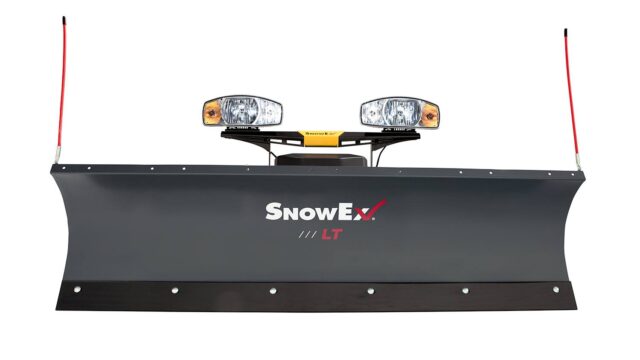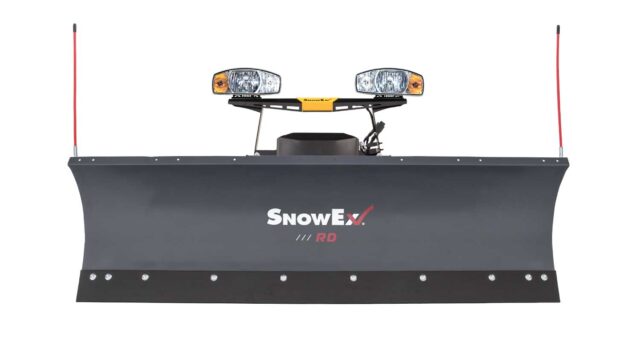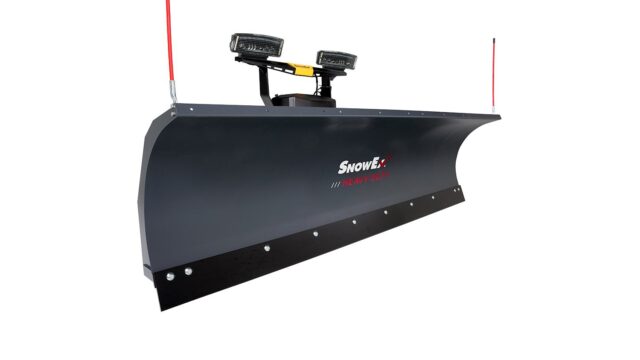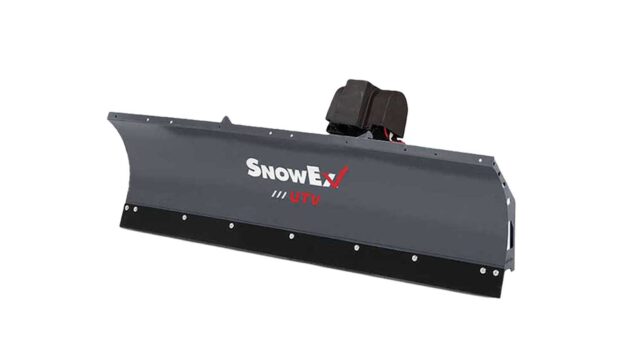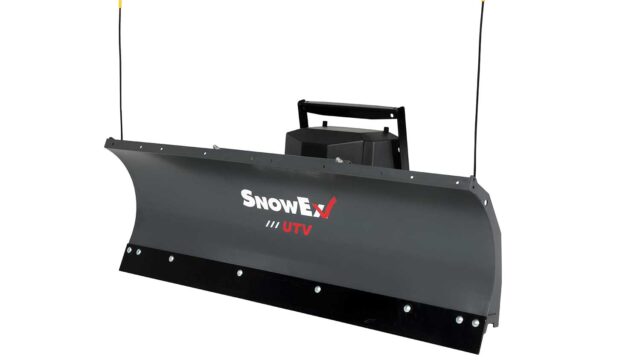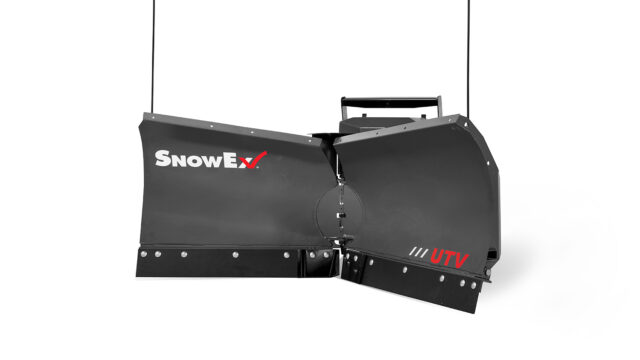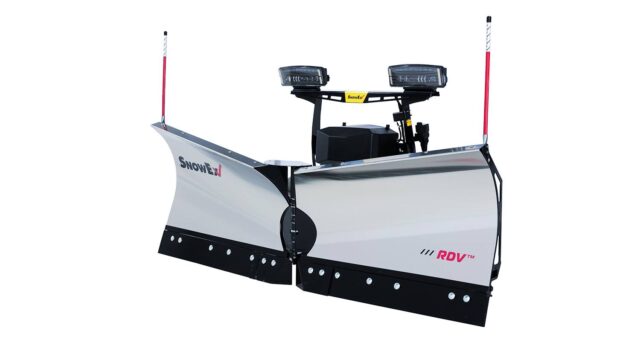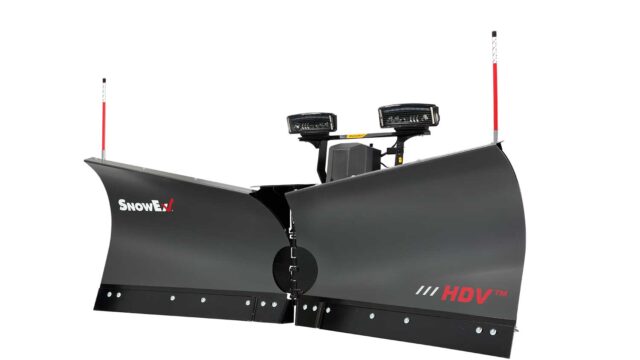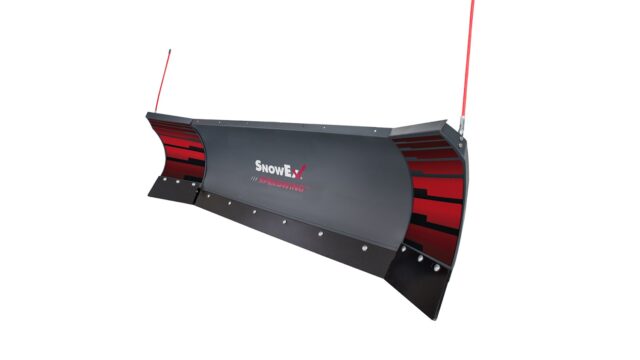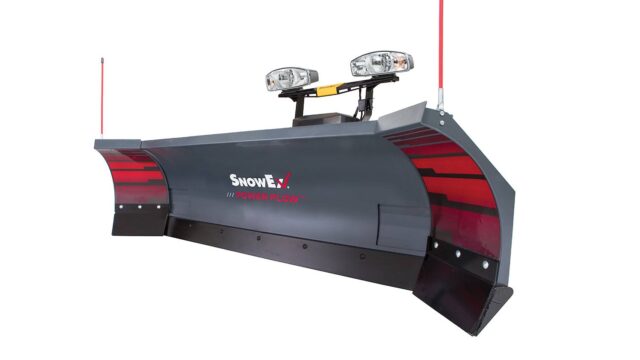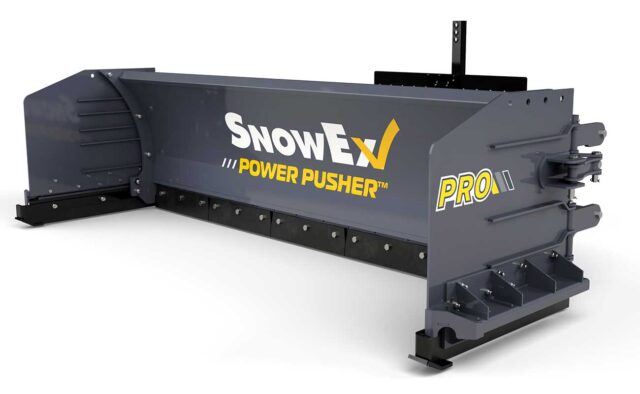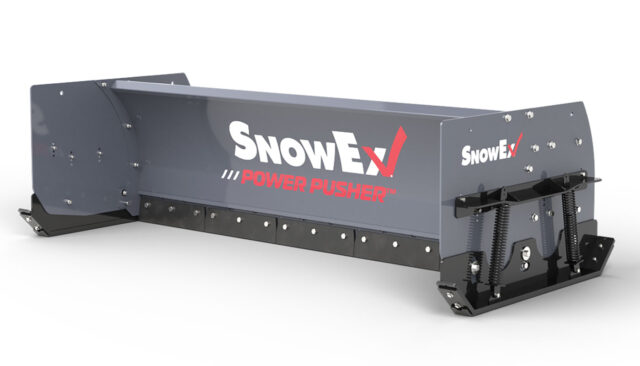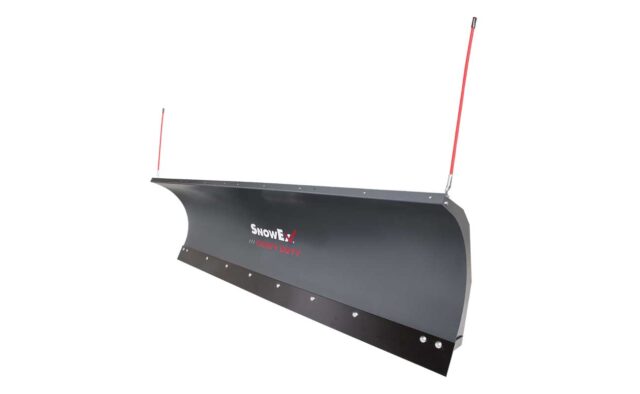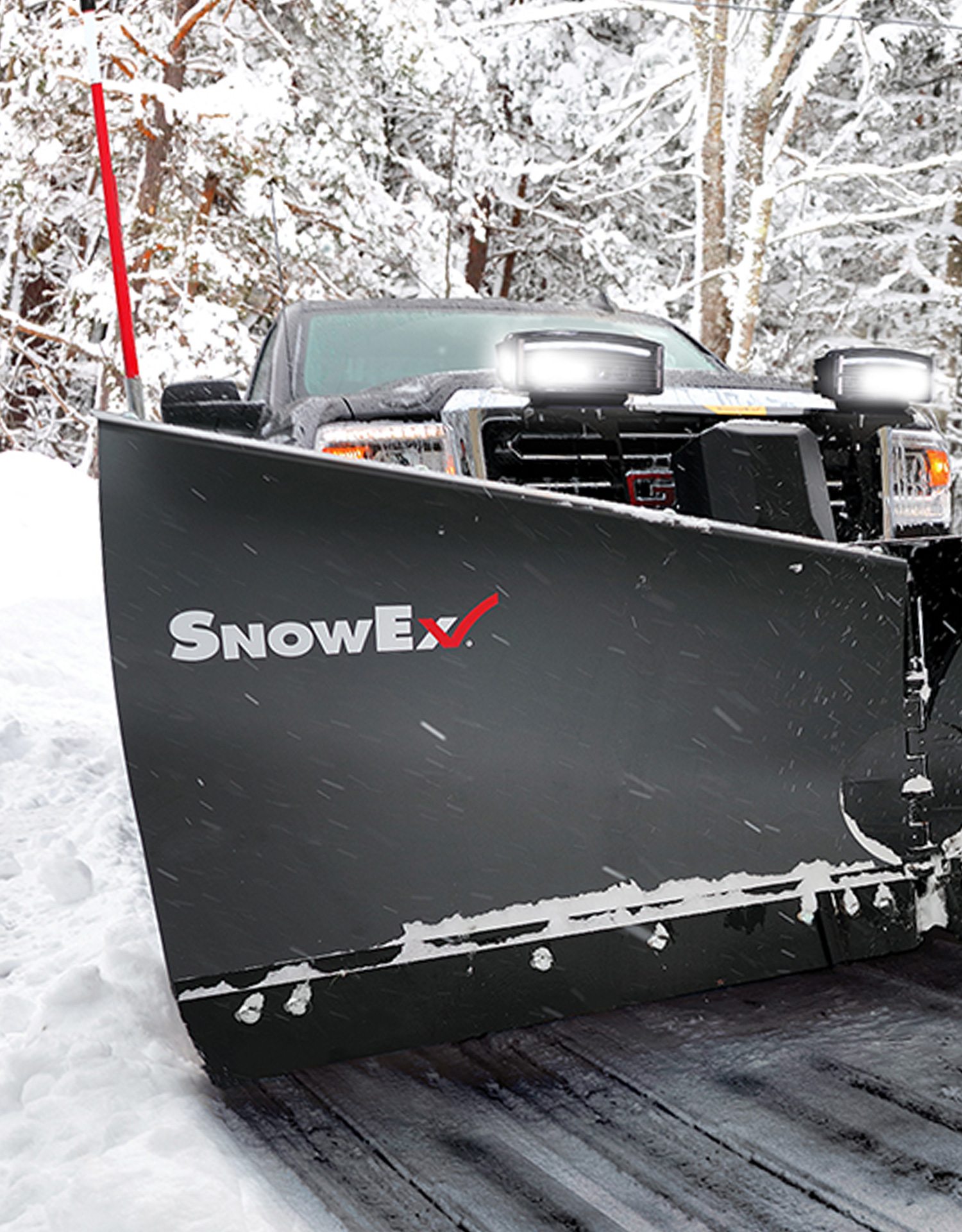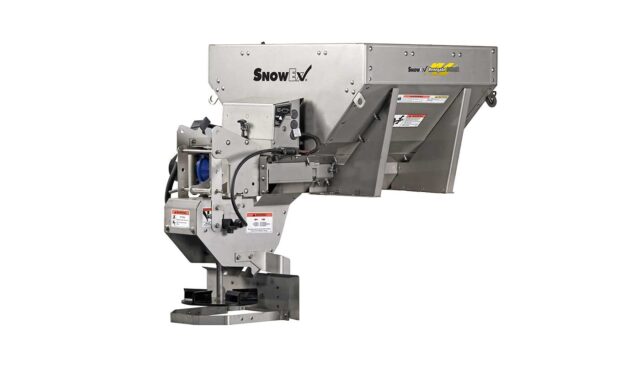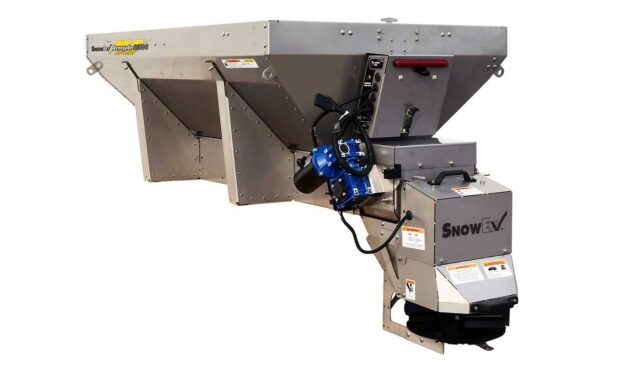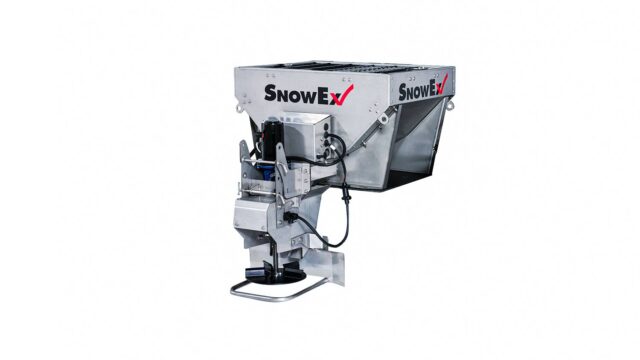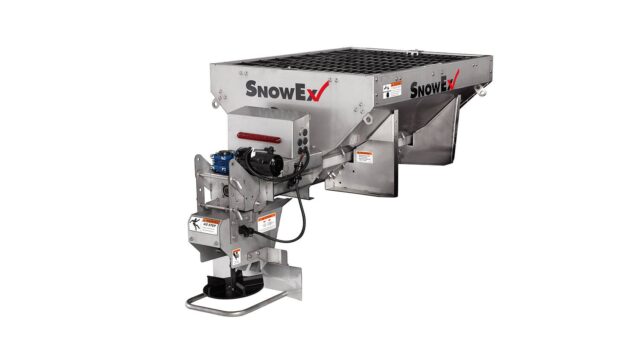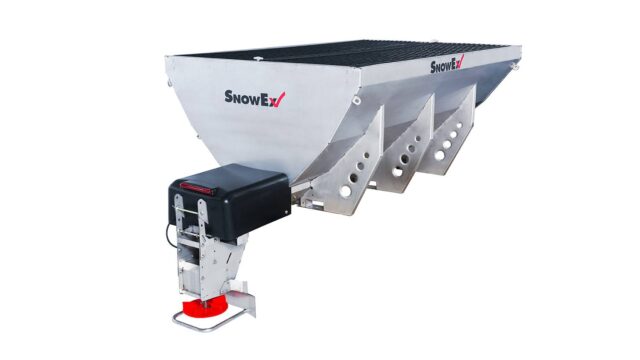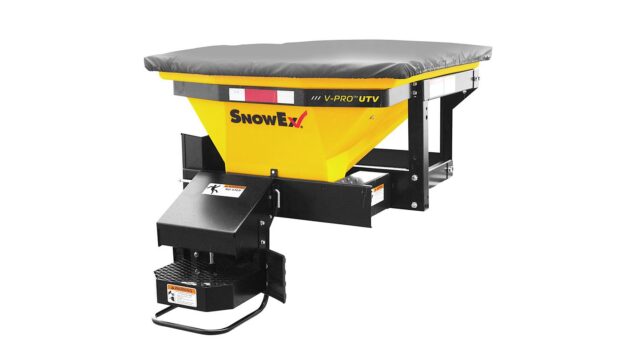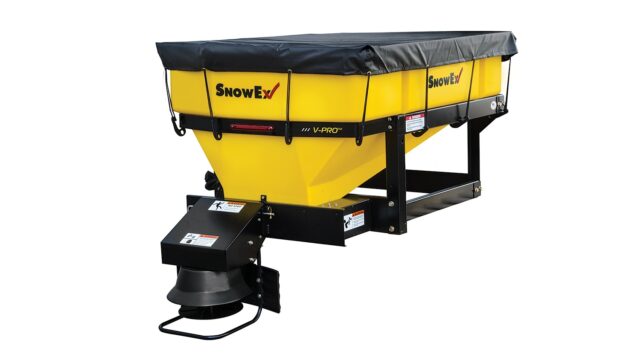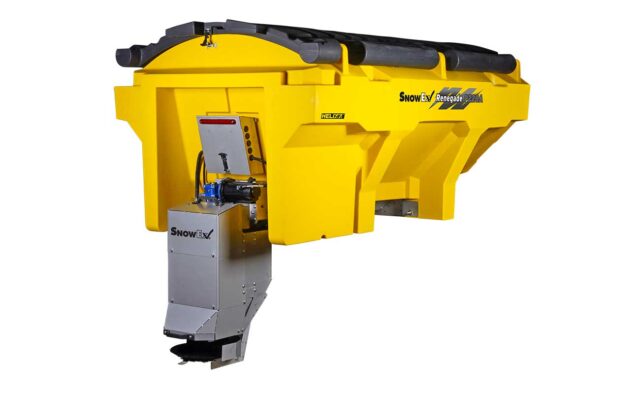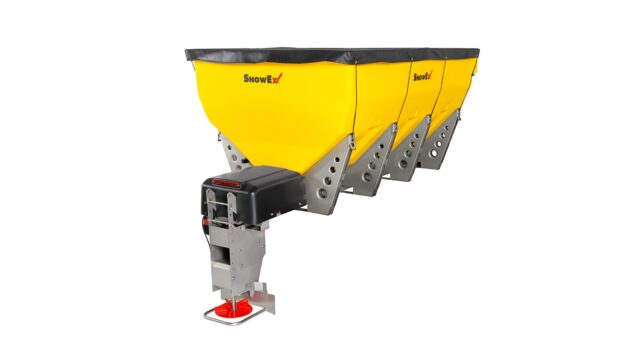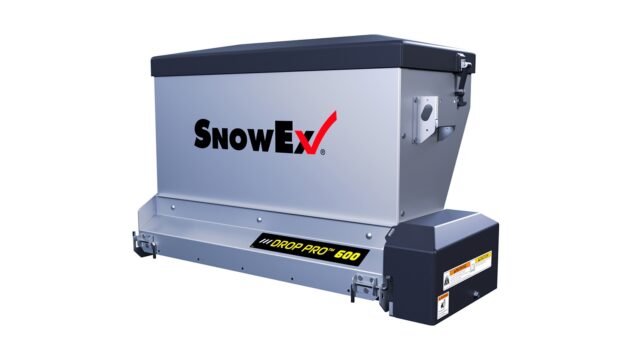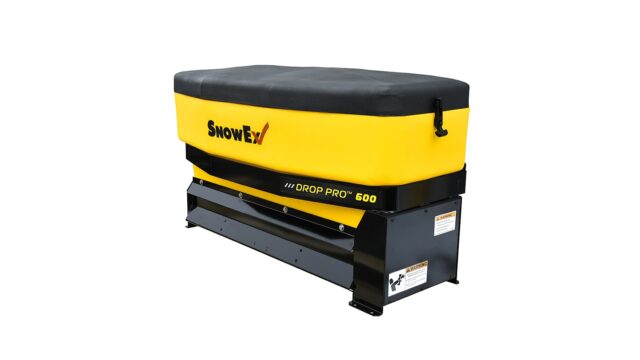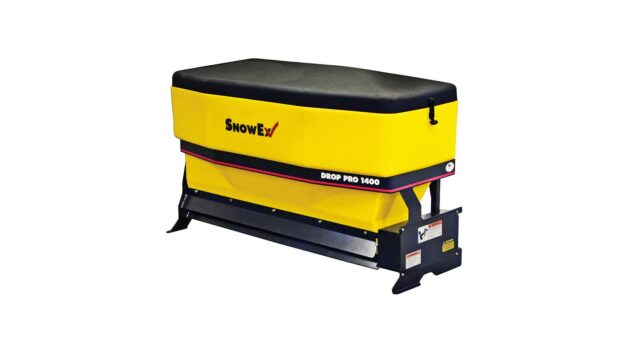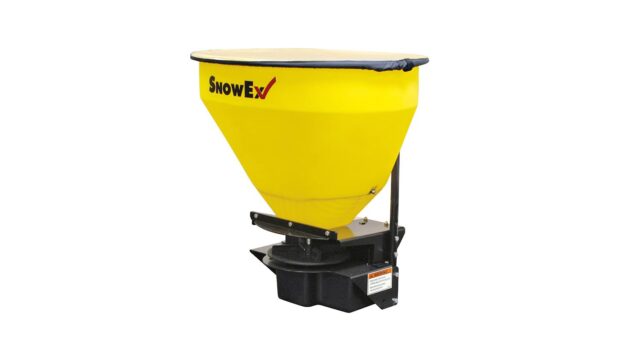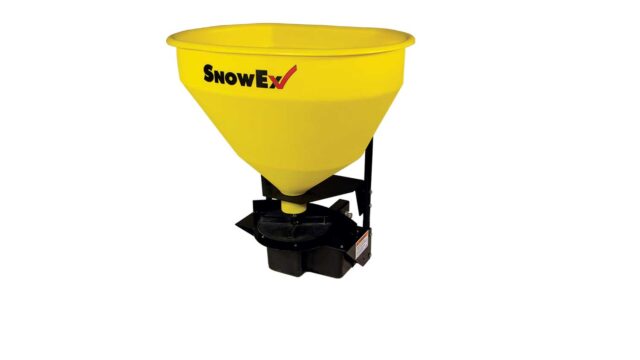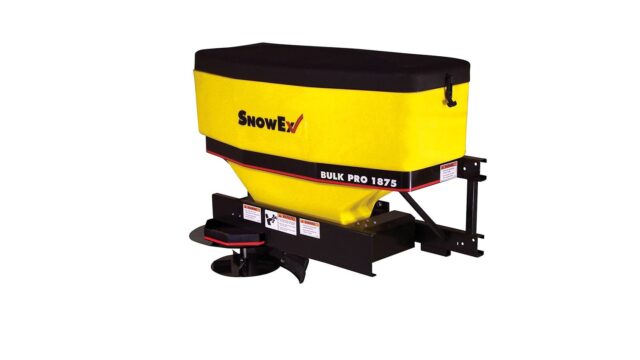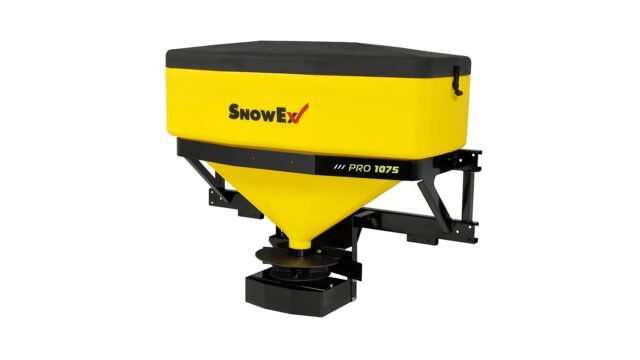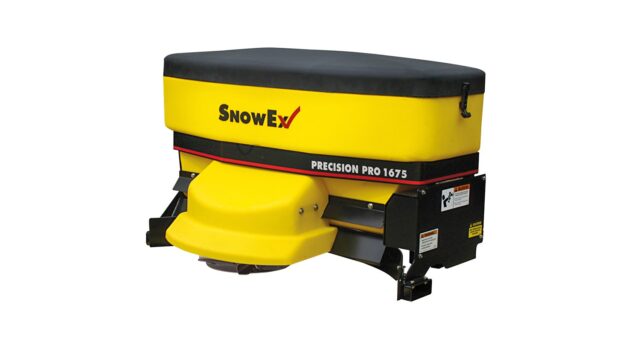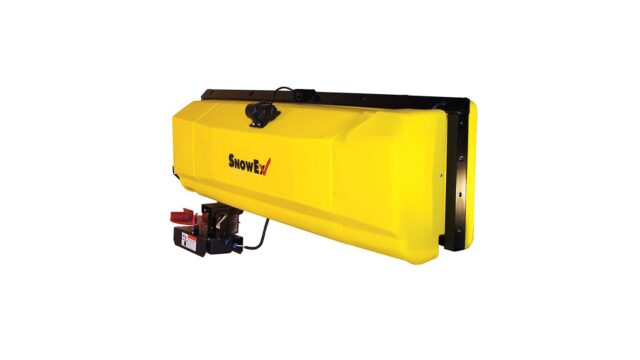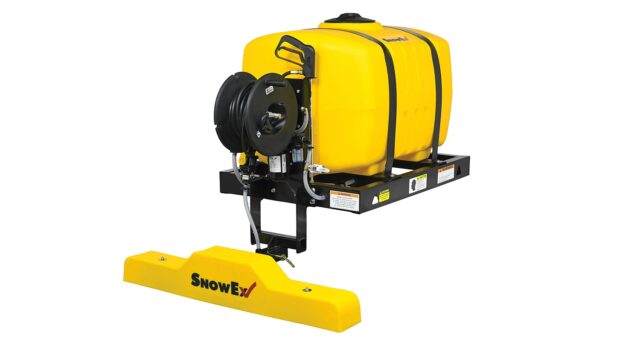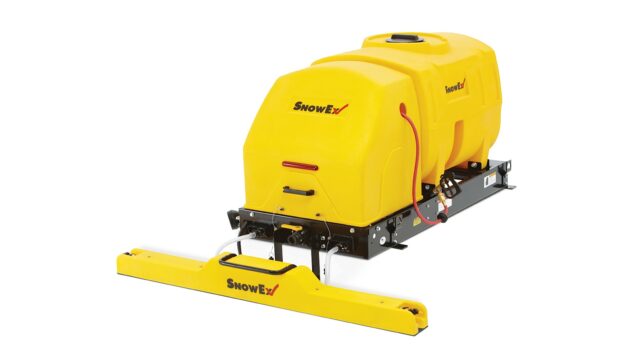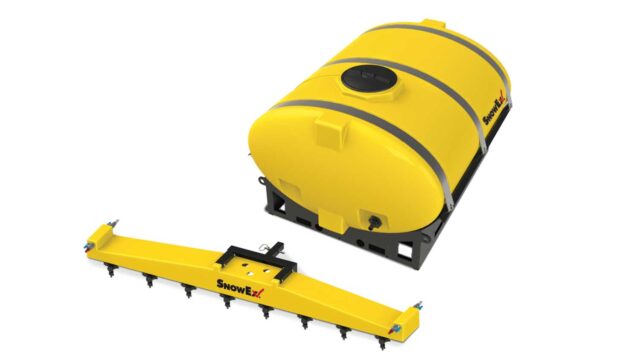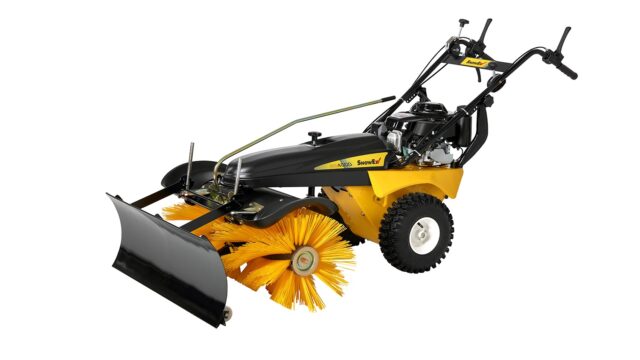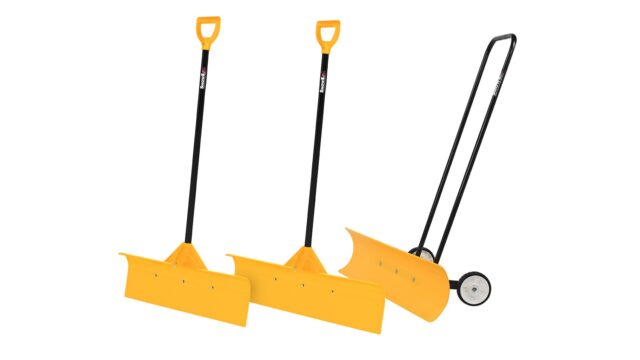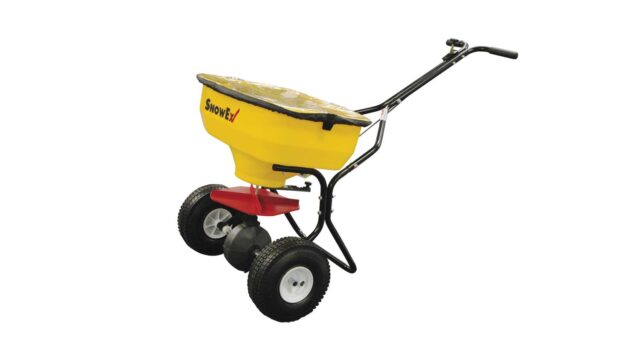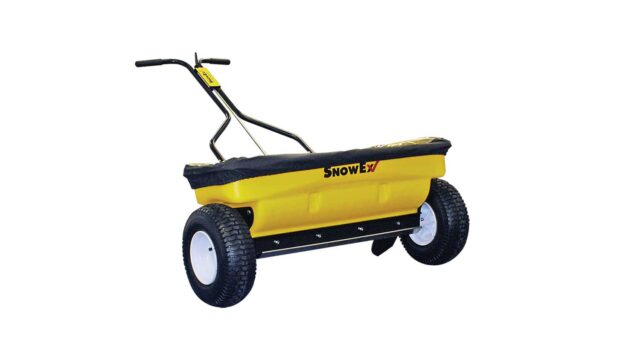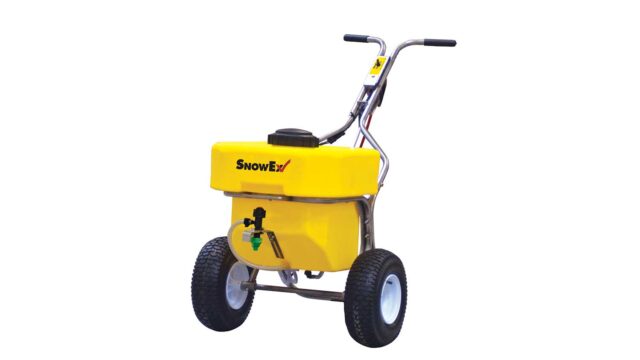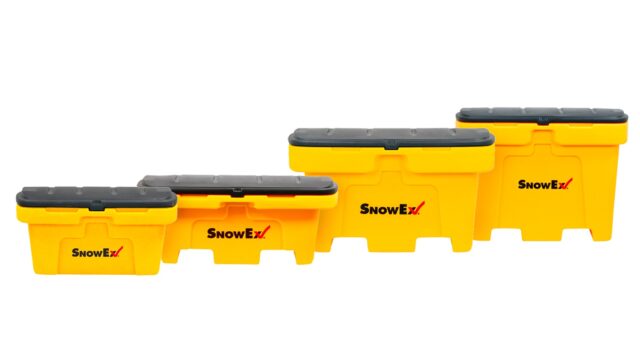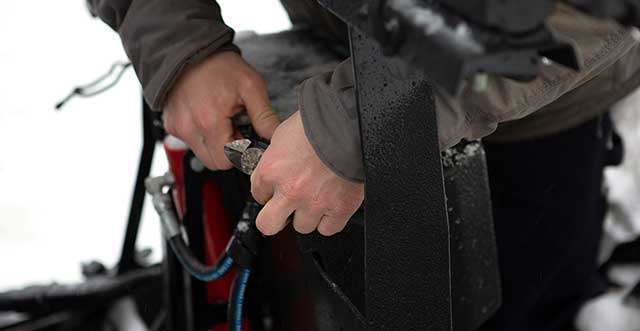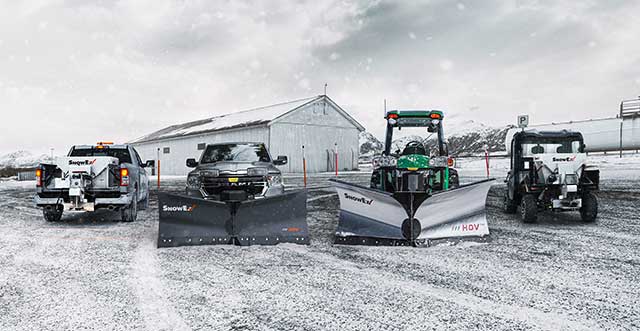How to Get a Cleaner & More Efficient Scrape When Snow Plowing This Season
Created January 28, 2021
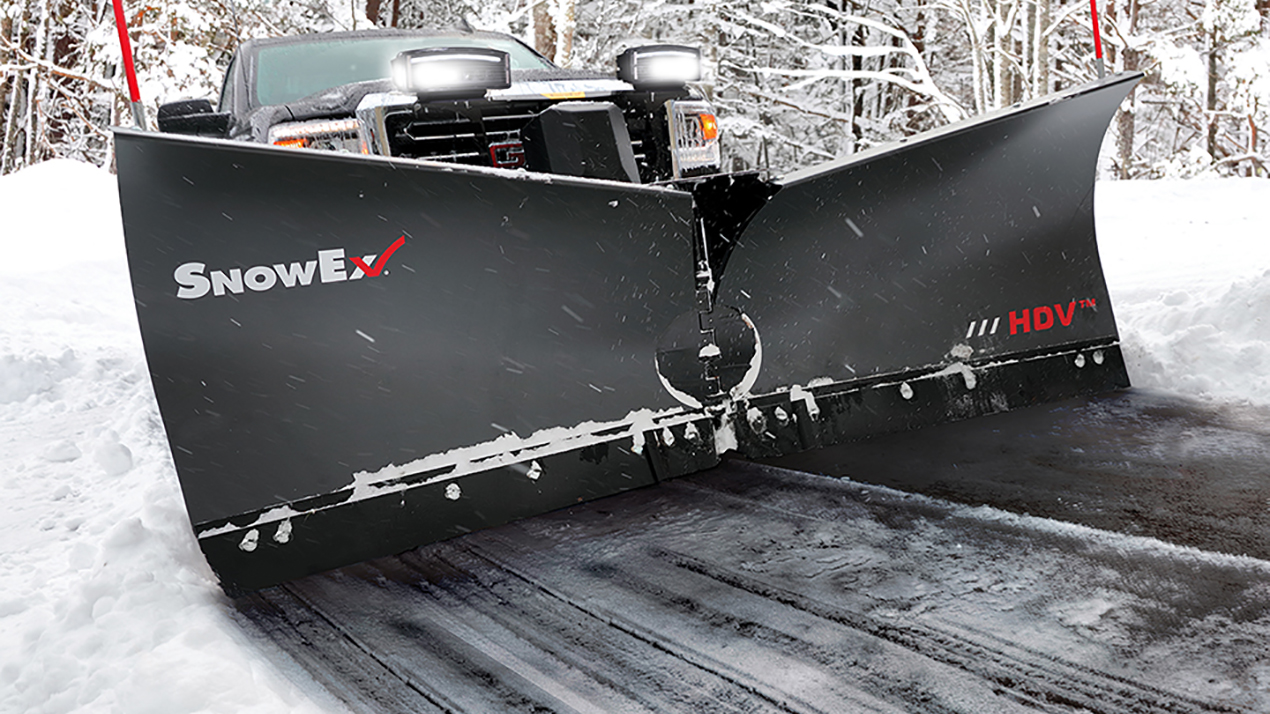
When the snow flies, you’re on the clock to get snow removed for each of your clients as fast as possible. Being able to achieve a clean scrape on the first pass makes you more efficient and allows you to get through your route faster while also requiring less salt to complete the job. Follow the tips below to ensure the cleanest scrape possible when snow plowing this season.
Plow Cutting Edge Material Matters
The rule of thumb is—the thinner the cutting edge material, the more pressure there is on the surface and the cleaner the scrape it provides. This means that a thin steel cutting edge will provide a cleaner scrape than thicker material. But that’s not the only thing to consider when selecting your cutting edge. You also have to ensure that the cutting edge material you have on your plow will not damage the pavement surfaces you are clearing while also balancing the replacement and maintenance costs.
There are three main cutting edge materials you can select:
- Steel is commonly available in varying thicknesses. Generally, the thinnest edges are made of steel and provide the cleanest scrape. Its hardened surface is unforgiving however, and can damage sensitive pavement surfaces like cement, decorative stone, or pavers.
- Rubber typically has the thickest cutting edge because it is a softer material and needs the additional surface area to support the weight of the plow. This can reduce ground pressure and the cleanliness of the scape it provides when trying to remove hardpack or ice. However, rubber is the most forgiving cutting edge material. When the rubber cutting edge hits an uneven surface, it will flex and will be less likely to damage the pavement surface. Rubber is an excellent choice for sensitive surfaces like parking garages, cement, and pavers.
- Poly material performance is often a hybrid of rubber and steel. Its cutting edge is typically harder than rubber allowing for thinner edges and a more aggressive, cleaner scrape. Although it is a more forgiving alternative to steel for sensitive surfaces. As the poly cutting edge is worn, the flat cutting edge “self-lubricates” reducing friction and gliding over the surface. Poly cutting edges are another popular choice for sensitive surfaces that provide better wear characteristics than rubber while still minimizing surface damage.
Additional Down Force Makes All the Difference When Plowing
When you want to clear pavement, you need a plow that will follow the surface it is clearing. The weight of the plow can assist with this but you also need to select the correct plow for your vehicle without running something that is too heavy. Use Power Match to find the best SnowEx® plow for your truck.
The other factor to look at is down-force. The exclusive SnowEx Scrape Maxx™ down-force kit uses hydraulic pressure to provide the added downward force needed to break through hard pack and maximize to-the-pavement performance for truck plows. This allows light-truck and regular-duty plows to clear snow with commercial-grade execution. Contractors can achieve better plowing performance without having to invest in larger trucks and plows right away.
This feature is also beneficial for larger, heavier plows as well. The added down-force from the Scrape Maxx feature keeps the blade against the surface, even when those surfaces are uneven. This is ideal for jobs that require back dragging. When combined with a backdrag edge, this feature can dramatically improve efficiency in residential applications where back dragging is most common.
Efficiency matters when clients are counting on you to keep them open during winter storms. Get the most out of every pass your plow takes by securing the right cutting edge material and applying the maximum downward force possible. By ensuring that these plow aspects are optimized, your clients will have a cleaner lot in record time.
